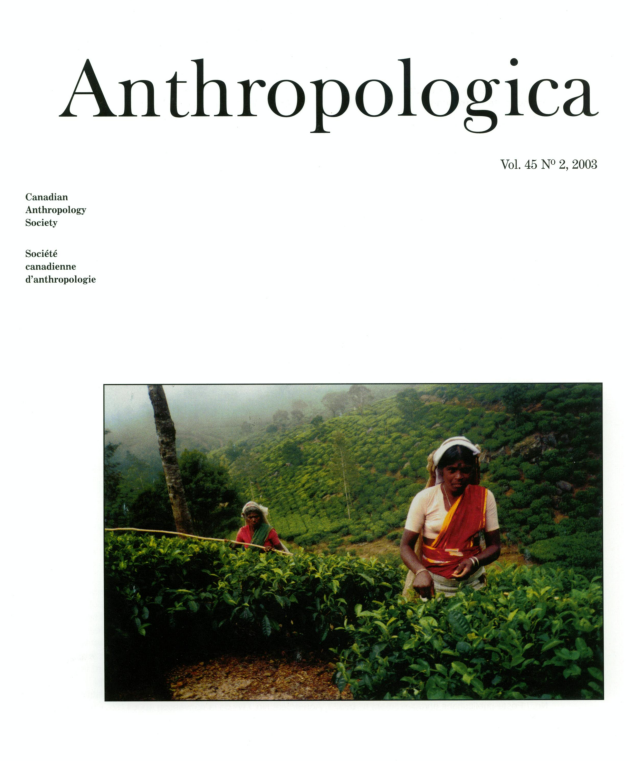Pineapples and Oranges, Brahmins and Shudras: Periyar Feminists and Narratives of Gender and Regional Identity in South India
Keywords:
gender, feminism, development, Dravidian Social MovementsAbstract
This paper explores the way POWER, a women's organization in Tamil Nadu, draws upon the legacy of Dravidian nationalism in its implementation of feminism. I examine three narrative situations that take place in an area school where POWER is housed. I explore the extent to which their interpretation of feminism provides a context for the emergence of critical practices that attend to inequalities of caste, gender and class and the extent to which it provides avenues for making changes in women's lives. POWER is exemplary of women's organizations that are attached to social movements and which I argue should gain increased attention in anthropology. Drawing on a feminist practice approach I suggest that ethnographic methods provide an important means to capture the way such organizations reproduce and challenge social inequalities which may be culturally situated, but which also embrace globalizing practices in which feminism itself is deeply embedded.
Downloads
Publication Facts
Reviewer profiles N/A
Author statements
- Academic society
- Canadian Anthropology Society
- Publisher
- University of Victoria
Downloads
Published
How to Cite
Issue
Section
License

This work is licensed under a Creative Commons Attribution-NonCommercial 4.0 International License.
Authors contributing to Anthropologica agree to release their articles under the Creative Commons Attribution-Noncommercial 4.0 Unported license. This licence allows anyone to share their work (copy, distribute, transmit) and to adapt it for non-commercial purposes provided that appropriate attribution is given, and that in the event of reuse or distribution, the terms of this license are made clear.
Authors retain copyright of their work and grant the journal right of first publication.
Authors are able to enter into separate, additional contractual arrangements for the non-exclusive distribution of the journal's published version of the work (e.g., post it to an institutional repository or publish it in a book), with an acknowledgement of its initial publication in this journal.



